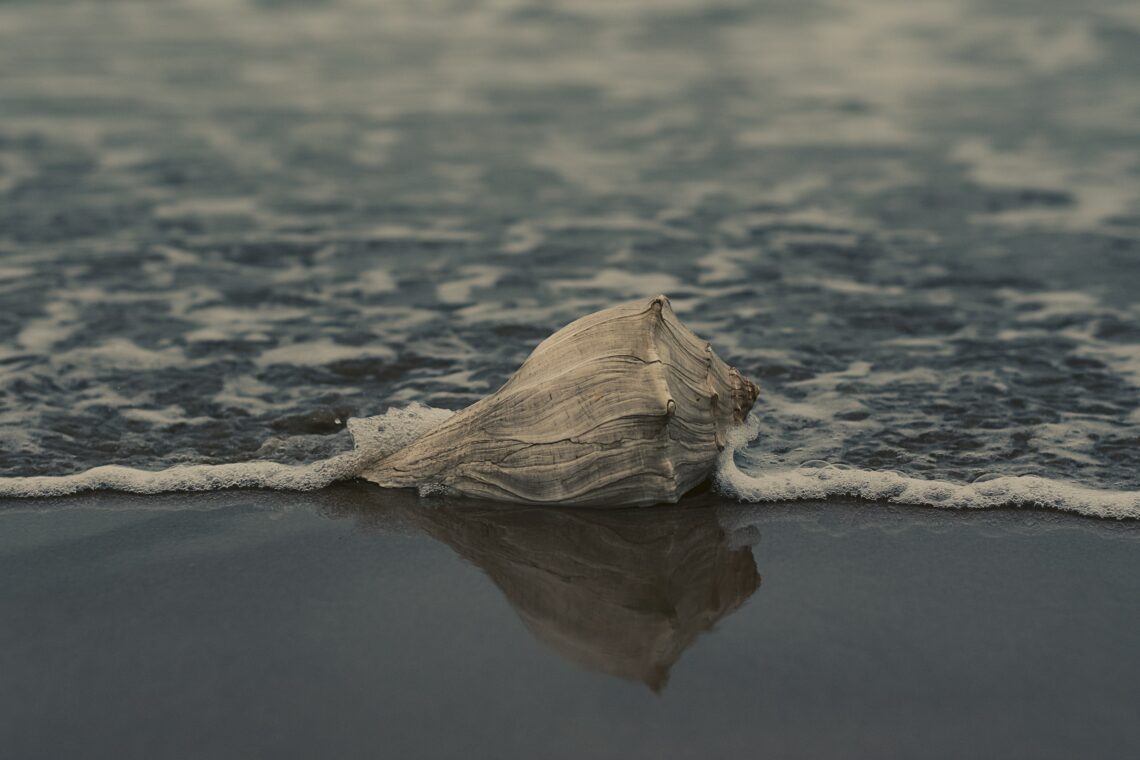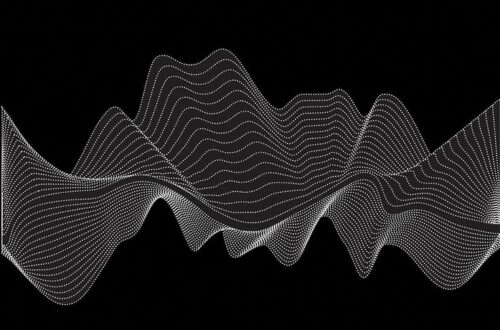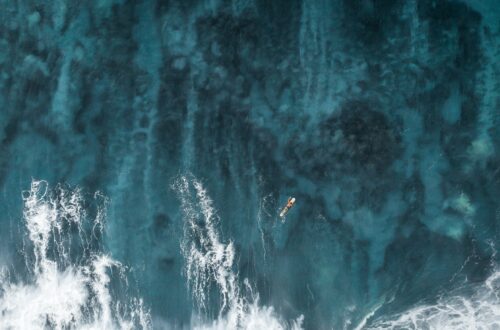
Kochylia
Each shell (kochili) carries a sound story within it. Just hold it to your ear and it will reveal a secret of the sea. This piece is a musical work created after many soundscape recordings in combination with two other voice recordings of two poems about the sea. The soundscapes were observed and recorded in three different harbours: Hamburg, Bremerhaven and Cuxhaven. Other places where recordings were made are the Weser and Bremen’s huge Bürgerpark. The two poems were recorded in the Studio Atelier Neue Musik at the HfK Bremen. In the final work, some recordings were used unchanged, others were edited. No specific methodology was used for the recordings, the observation and the recording.
Although this piece is undoubtedly inspired by all the great works of acoustic ecology, what it tries to do is to transform natural sounds into an allegorical figurative language. The two poems about the sea, the first in Polish, the second in Greek, are either incorporated into the natural sounds or transformed, thus creating a new sound effect.Sounds with diametrically opposed sonic textures interact and combine to create a sonic journey with images of the sea(Thalassa=Sea in Greek).
“Τhe sea has always been one of the man’s symbol in literature, myth and art. It is symbolic of eternity: its ceaseless presence. It is symbolic of change: the tides; the ebb and flow of the waves[…] It is symbolic of reincarnation: water never dies”. (Schafer1977:170)
The Poems
First the two poems were recorded. The two specific languages were chosen because Greek has the consonants pronounced between the teeth giving a very soft sound colour in combination with the large and open vowels, while Polish has complex, intense combinations of consonants with almost no vowels, with the two unusual languages creating chromatic sound contrasts. Both poems have the title «Sea».
Morze
O morze, nieskończone, ciemne, ciche morze! Zda mi się, że gdy wzniosę powieki, w twe głębie
Przepastne i bezdenne, oczy me zagłębię, I po wielkim je, pustym powiodę przestworze. Zda mi się, że zza krańców twych błysną mi zorze Różowiąc siną falę gdzieś na świata zrębie, I że powiodą mewy, okrętów gołębie, Myśli me tam, daleko, przez wodne bezdroże.
O morze! Jakże często zda mi się, że łowię Uchem szum twych ogromnych wód i w tej muzyce Słyszę mistycznych epok głuche tajemnice… O morze! Jakże często zda mi się, że płynę Przez twoją senną, ciemno-błękitną głębinę Kędyś w nieskończoności nęcące pustkowie…
Kazimierz Przerwa-Tetmajer
Η Θάλασσα: Η θάλασσα είναι σαν τον έρωτα: μπαίνεις και δεν ξέρεις αν θα βγεις. Πόσοι δεν έφαγαν τα νιάτα τους – μοιραίες βουτιές, θανατερές καταδύσεις, γράμπες, πηγάδια, βράχια αθέατα, ρουφήχτρες, καρχαρίες, μέδουσες. Αλίμονο αν κόψουμε τα μπάνια Μόνο και μόνο γιατί πνίγηκαν πεντέξι. Αλίμονο αν προδώσουμε τη θάλασσα Γιατί έχει τρόπους να μας καταπίνει. Η θάλασσα είναι σαν τον έρωτα: χίλιοι τη χαίρονται – ένας την πληρώνει.
Ντίνος Χριστιανόπουλος – Dinos Christianopoulos
Their position in the piece was decisive, because the construction of the piece was based on these two structural elements. They were used as such, partially or completely processed and also completely deconstructed.
Time
In this section, sounds are divided into two categories: those whose duration is long enough to evolve in time and instantaneous sounds that can be combined to construct rhythmic formations. The sounds of the individual vowels and consonants were isolated from the recordings of the two poems.


Rhythm
The rhythmic patterns are differentiated into defined and undefined, depending on the function of the dramaturgy of the piece. E.g. at the point where the insects – precisely cicadas – are introduced, their natural rhythmic flow is followed (06.50′), while a little earlier in the construction of rhythmic shapes from water drops there was a deliberate attempt at rhythmic instability.
Orientation
Although this piece was written for 4 speakers, it is performed in the double configuration with 8 speakers. As shown in the following figure:


Transformations
Apart from the sound influences, a great source of inspiration for me has been literature. The myth, its development, how it evolves and folds in time, what it can teach us and how relevant it can be. In a myth (mainly from Greek mythology), images can coexist that are both terrifying and fragile, such as a miracle happening from a heinous act. I tried to convey these thoughts sonically in Kochilia by taking sounds very different from each other, combining them in order to transform them into something new.


Conclusion
Through the study and analysis of electroacoustic music, we realize that there is no fixed morphological form. Every work has as many forms as its listeners. Although the composer can guide the listener in the exploration of the music/form, discovery is the prerogative of the listener, their personal perception and collective consciousness.1 This piece offers a particular aesthetic perception of the sounds of the environment and their transformations in order to create images, ideas and feelings in a society that stubbornly refuses to accept and listen not only to contemporary/new music but to life itself and its changes that lead us to a new reality.





